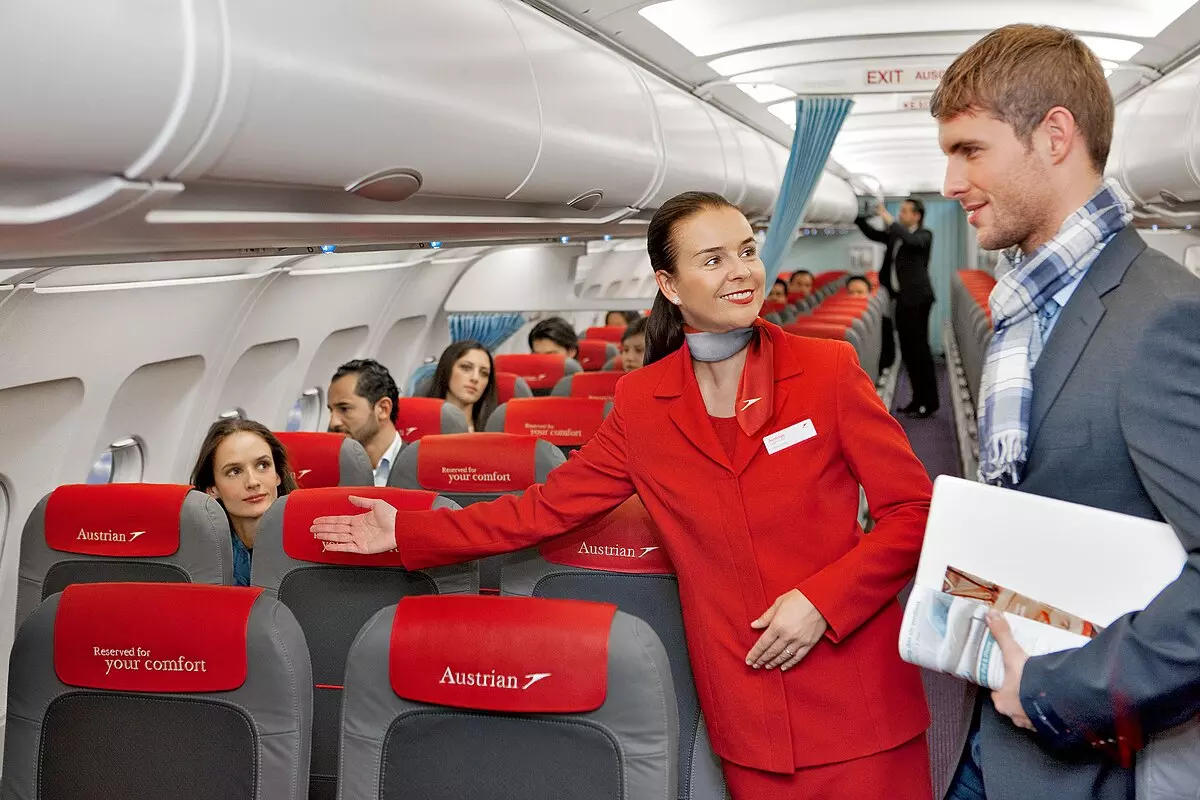
Debunking myths: Which is the 'safest' seat in a flight?
While some seats might offer minor statistical advantages in certain situations, there is no universally “safest” seat on a plane.

It is a common myth that one seat or location in an aeroplane is universally safer than another in the event of a crash. In reality, the safety of a particular seat can vary depending on the specifics of an incident.
Among the factors that are considered include
Nature of accidents: Plane crashes, thankfully rare, can happen in different ways: front-end impacts, tail strikes, mid-air collisions, fires in specific sections, runway overshoots, etc. Depending on the nature and angle of the impact, different areas of the plane might be more or less affected.
Also read: Domestic air travel in May surges 36% YoY; Go First loss is IndiGo’s gain
Studies offer different conclusions: Studies have analysed past aircraft accidents to determine which seats were “safest”. Some studies suggest the back of the plane is safer, while others don’t find statistically significant differences.
Survivability factors: It’s not just the location in the plane that determines survivability. The nature of the accident, the plane’s speed, altitude, the swiftness of emergency response, whether there’s a fire, and numerous other factors can be just as crucial, if not more so.
Importance of exit rows and aisles: Some safety experts emphasise sitting near an exit (within five rows) and choosing aisle seats. This is because speed is often essential in evacuating an aircraft, especially when there’s a fire risk. Being close to an exit and having more accessible access to the aisle can make a difference in such scenarios.
Safety innovations: Modern planes are designed with numerous safety features. Seats are engineered to absorb impact, materials are used that resist fire longer, and exits are designed for rapid evacuation. All these improvements benefit passengers no matter where they’re seated.
Also read: Science and art of airfares, and how best you can book a cheap flight ticket
Overarching safety record: It’s essential to remember that flying is one of the safest modes of transportation. The odds of being involved in a fatal crash are extremely low, thanks to rigorous safety standards, continual advances in aviation technology, and strict regulations and oversight.
Mental and physical preparedness: Knowing the safety procedures can be critical no matter where you sit. This means paying attention to the safety briefing, knowing where the nearest exits are (and having a secondary exit in mind), and understanding how to use safety equipment.
While some seats might offer minor statistical advantages in certain situations, there is no universally “safest” seat on a plane. The most important thing is to be aware of safety procedures and to choose a seat where you feel comfortable and at ease.
Also read: Go First bankruptcy: 9 policy changes that can provide tailwinds to Indian aviation
If you still want to know which is a safer seat, it appears to be the middle seat in the last row. Most travellers might overlook this spot, but it offers protection with the bulkhead right behind, cushioning from passengers seated on either side and added defence from the row in front.
While many aeroplane accidents occur head-on, positions near the front could pose a higher risk. Though one might assume that the aircraft’s middle seats provide the most protection, they're located where the plane’s wings are — a storage area for some of its fuel, making it more combustible. The TIME investigation revealed that the fatality rate for the central aisle seat is 44 per cent as compared to 28 per cent for the middle rear seat.

